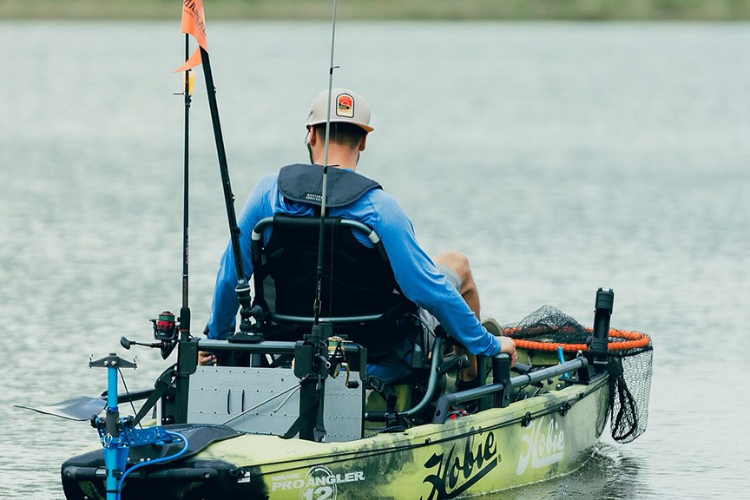
How a Bixpy Motor Compares to a Traditional Motor
Bixpy CanadaShare
Most anglers and paddlers who have been on the water for years can recall their first gas-powered motor: loud, heavy, and often as much work to maintain as it was to run. They’ve been the go-to for decades because they get the job done, whether on a small fishing skiff or a canoe outfitted with a transom mount. But as technology continues to shift, many are rethinking whether the traditional approach is the best fit for the kind of boating they’re doing today. That’s where compact electric motors are carving out their space.
Weight and Portability
One of the biggest differences you notice right away is weight. Traditional motors are built to last, but they’re not easy to haul around. Even small horsepower gas units are cumbersome, requiring two hands and sometimes a second person to wrestle them into place. Electric motors, on the other hand, cut down the bulk considerably. For paddlers who are used to tossing a kayak or canoe onto a roof rack, not having to add a 40-pound motor into the mix makes a world of difference. A lighter setup means more independence and less strain when loading, unloading, or portaging.
Noise and Stealth
Anyone who spends time chasing fish knows how quickly a noisy motor can ruin the bite. Traditional motors announce their presence the moment they’re fired up. While that’s no issue when you’re running from point A to point B across open water, it becomes a liability in shallow flats or when sneaking up on schooling fish. Electric motors are practically silent. That stealth factor changes the way you can approach structure, drop-offs, or weed beds. It’s a subtle difference, but one seasoned anglers appreciate the first time they slide into a pocket of fish without spooking them.
Power Delivery
Gas motors are built for speed and distance, giving you the ability to cover serious ground. Electric systems take a different approach, prioritizing steady, controllable thrust over top-end speed. The result is smooth handling that’s easy to dial in for slow trolling or holding position against wind and current. While you won’t be zipping across a large bay at high speeds with a small electric motor, you’ll gain precision and ease of use that makes sense for smaller crafts like kayaks, canoes, or inflatables.
Maintenance and Upkeep
Every owner of a traditional outboard knows the drill: fuel, oil, spark plugs, and all the quirks that come with combustion engines. Keeping them in top shape is part of the lifestyle, but it can eat into both time and money. Electric motors strip most of that away. With no fuel to gum up the system and far fewer moving parts, upkeep is reduced to the occasional rinse and check-up. For many paddlers, that simplicity is as appealing as the performance itself.
When It Makes Sense
Traditional motors still shine when covering long distances or running larger boats. But for paddlers and anglers working from smaller craft, the trade-offs often don’t add up. A quieter, lighter, lower-maintenance solution simply fits the way these boats are used. For those who value mobility, subtlety, and less hassle, an electric option provides a practical alternative that can open new opportunities on the water.
The Bixpy K-1 Motor was designed specifically with this in mind, pairing compact size with surprising thrust in a package that suits kayaks, canoes, and other personal watercraft. It gives you the freedom to maneuver silently, travel farther than you would by paddle alone, and enjoy more time fishing instead of fussing with gear. To see how the K-1 can change the way you fish and paddle, explore Bixpy Canada’s lineup and learn more today.


